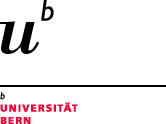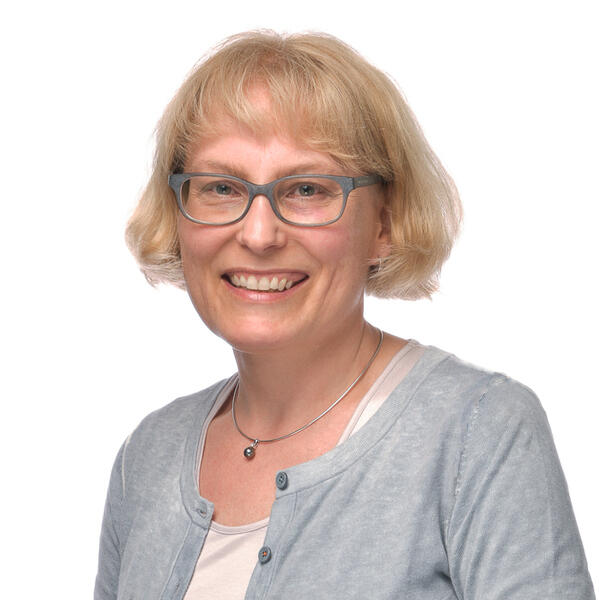«Education and assessment on the highest level are our passion»
In the past year, topics such as new residents’ job satisfaction, continued strain on time for clinical teachers, student motivation and professional developments have surfaced as fields needing urgent attention. By growing need for a resilient, motivated, and professional healthcare workforce, the attractiveness of healthcare professions is at stake.
Medical education does not have the overarching solutions to all these challenges but, we can contribute with some elements that are getting more and more relevant in this complex picture. Medical education, - research and development, have inherently being focussing on professional challenges for the healthcare workforce for a long time. The compartmental thinking between medical fields, the ‘silos’, picture the situation well. In the everyday, the (clinical) work is all consuming, necessary resources to analyse the problems within a broader perspective are limited.
Many of IMLs activities would remain in a silo if we would not actively seek cooperation. Our regular tasks and services are to offer knowledge and support for high quality of teaching, elearning, media, simulations with SPs as well as tools and implementation for assessment. Content development for learning resources proceeds in close cooperation with subject matter experts in the various medical fields, this cooperation is indeed indispensable. Without the expert knowledge from the anatomy, physiology, radiology, haematology, and many more, ‘Medsurf’ would not be clinically grounded, and not so close to needs in teaching, and our eLearning platforms for communication training (Doccom.Deutsch) and Precision Medicine (Frontliners) would not be grounded in clinical needs. Without the close cooperation with the dermatologists, our moulages would not look life likely, which they indeed do, and so become an enrichment in teaching and assessment. Without the close cooperation with all the various clinical experts, we could not develop and deliver exams reflecting the clinical needs from the various medical fields. This has several implications:
First, the division of work between content experts and medical education specialist is indeed also an opportunity to take off some work from the medical experts and clinical workforce. All the different fields of learning and assessment need optimised infrastructure and processes to reach the learners, and electronic exams need to be presented with high usability. The time when a medical experts had to fulfil all different roles in teaching and clinical work alone, belong to the past. The knowledge, infrastructure and skills needed call for broad networking and cooperation.
Second, the quality of teaching and assessment is an important issue for students’ satisfaction and effective learning and fair exams close to the clinical reality is appreciated by all stakeholders. To put something on the screen and make it available is easy, but to create a positive learning experience, which is meaningful for learners, which is attractive, engaging, and results in knowledge that can be applied, that is another issue. Delivery of learning and exam content is not enough, the form of presentation, matching assessment format with content, evaluation of results depend on expert’s knowledge. The science within medical education is to deliver models and evidence for what works best. In our research we can show that quality and didactic concepts result in learning, which is sustainable, and transferable to clinical practice; that exams that are fair representative and practically handleable, are accepted by the examinees. Through continuous development of exams with high relevance and high quality of presented clinical pictures, the acceptance by the examinators and content exerts is of high concern for us.
Third, medical teachers need support to keep up effective and attractive teaching, this also applies to clinical teachers at the workplace. Good teaching skills are not a question of talent, they can be learned. Engaged teachers, that can motivate students to endure challenges, that are role models for the respectful work with patients, that communicate well – with colleagues and patients - are also motivating new healthcare professionals to stay in the job. All medical fields need high quality teaching, need engaged and enabled teachers who are effective models for the new generation to come.
The small differences that matter in education are the concerns of our research and development. Between the communities of medical education and the medical fields, there are often remarkable gaps. With the call for attractiveness of the healthcare professions, building cooperation for educational matters, for resilience and compassion, is not anymore just nice to have, it is a perspective that defines quality and satisfaction for new clinicians over decades to come. Medical education is a part of the solution.
Sissel Guttormsen, April 2024

